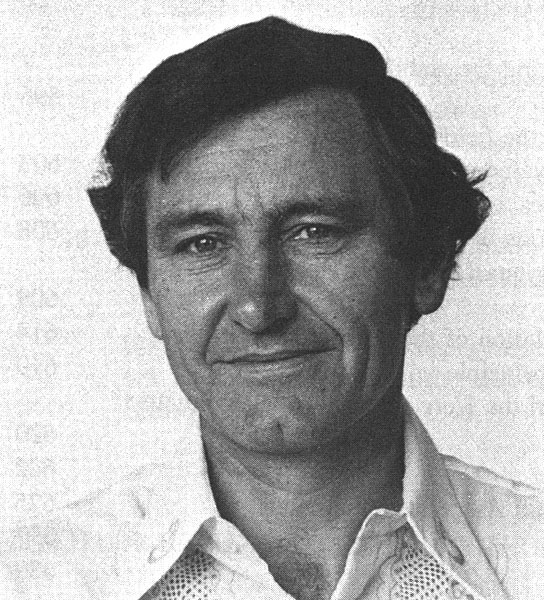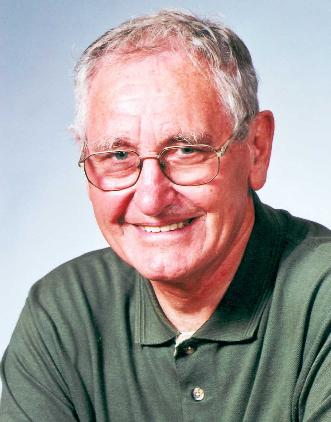<Back to Index>
- Mathematician Roy Patrick Kerr, 1934
PAGE SPONSOR


Roy Patrick Kerr CNZM (born 16 May 1934) is a New Zealand mathematician who is best known for discovering the Kerr vacuum, an exact solution to the Einstein field equation of general relativity. His solution models the gravitational field outside an uncharged rotating massive object, including (most famously) a rotating black hole.
Kerr's mathematical talent was first recognized while he was still a high school student at St Andrew's College, Christchurch. Although there was no math teacher there at the time, he was able in 1951 to go straight into third year Mathematics at the Canterbury University College of the University of New Zealand, the precursor to the University of Canterbury. Their regulations did not permit him to graduate until 1954 and so it was not until September 1955 that he moved to the University of Cambridge, where he earned his Ph.D. in 1959. His dissertation concerned the difficult problem of the equations of motion in general relativity.
After a stint as a postdoctoral student at Syracuse University, where Einstein's collaborator Peter Bergmann was professor, he spent some time working for the United States Air Force at Wright - Patterson Air Force Base. Kerr speculated that the "main reason why the US Air Force had created a General Relativity section was probably to show the Navy that they could also do pure research."
In 1962 Kerr moved to the University of Texas at Austin, where in 1963, he discovered the Kerr vacuum solution. In 1965, with Alfred Schild, he introduced the concept of Kerr - Schild spacetimes. During his time in Texas, Kerr supervised four Ph.D. students. Kerr was interviewed about his work on the solution for the book Cracking the Einstein Code: Relativity and the Birth of Black Hole Physics, for which he also wrote an afterword.
In 1971, Kerr returned to the University of Canterbury in New Zealand, where he remained until his retirement in 1993. Kerr retired from his position as Professor of Mathematics at the University of Canterbury in 1993 after having been there for twenty - two years, including ten years as the head of the Mathematics department.
In 2008 Kerr was appointed to the Yevgeny Lifshitz ICRAnet Chair in Pescara, Italy.
His life was the subject of the semi - biographical book Cracking the Einstein Code by Fulvio Melia, published in 2009.
- Hector Medal (1982) "for his work in theoretical physics. ... an exact solution of Einstein's equations of general relativity, ..."
- Hughes Medal (1984) "for his distinguished work on relativity, especially for his discovery of the so-called Kerr Black Hole, which has been very influential."
- Rutherford Medal (1993) "For his outstanding discoveries in the extra-terrestrial world of black holes."
- Marcel Grossmann Award (2006) "For his fundamental contribution to Einstein's theory of general relativity: ..."
- Companion of The New Zealand Order of Merit (2011) "For services to astrophysics."